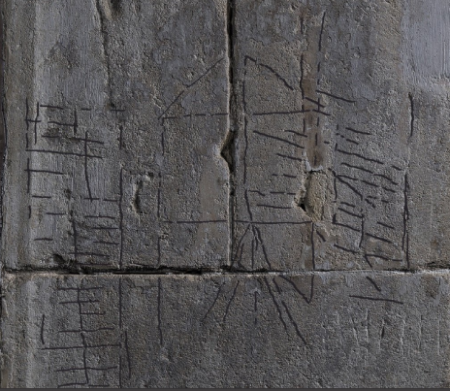One Node Too Many At School
Course Outline
The school can select one or up to four students to participate in this course.
Students do not need external assessments to participate in Born to Soar courses. We ask that you read the course descriptions carefully to determine that the required skill level is appropriate for your students.
The ‘One Node Too Many’ Course endeavours to challenge students to think of mathematics as a creative discipline. Participants will be challenged by the investigation of potentially ‘greedy’ algorithms through the application of mathematics discovered and applied to computer science since the middle of the last century. The facilitator will lead the students through a futuristic world in which they will establish their own ’neighbourhoods’ using weighted graphs and understandings of triangular mathematics. They will be asked to make crucial, creative mathematical decisions based on their planning that will impact on the successful outcomes of the survival of their ‘neighbourhoods’. Their explanations will be expressed in mathematical language through plotting points and algebraic expressions and will be under the scrutiny of other ‘neighbourhood’ planners. It will be necessary at times for the students to complete tasks away from the computer and the virtual classroom.
Student pre-requisites skills required to join this classroom:
- mathematically able above their year level
This course has been undertaken successfully by highly able students in Years 4, 5 and 6.
Parents please note:
- an adult supervisor needs to be on hand during virtual classes
- students’ work will need to be uploaded to their personal cloud folder
Teachers please note:
- an adult supervisor should be allocated to virtual classroom times
- students’ work will need to be uploaded to their personal cloud folder
Australian Curriculum Mathematics Descriptions
The specific mathematics skills that are targeted in this course are:
Year 7 / Measurement and Geometry / Geometric reasoning
- identifying side and angle properties of scalene, isosceles, right-angled and obtuse-angled triangles
Year 7 / Number and Algebra / Patterns and algebra
- moving fluently between algebraic and word representations as descriptions of the same situation
Year 7 / Number and Algebra / Patterns and algebra
- introduce the concept of variables as a way of representing numbers using letters
Year 7 / Statistics and Probability / Data representation and interpretation
- Identify and investigate issues involving numerical data collected from primary and secondary sources
Year 8 / Number and Algebra / Linear and non-linear relationships
- Solve linear equations using algebraic and graphical techniques. Verify solutions by substitution
7.2 ACARA
It is assumed that teachers will use a variety of mathematical task types including those that give students choice of approach and those for which there is an optimal strategy; those for which there are various possible solutions and those which have a single correct answer; those that prompt the development and use of mathematical models; those that incorporate ideas across content strands; and those that require thinking in more than one discipline.
Course Features
- Duration Four week course meeting in class once a week. The school can select one or up to four students to participate in this course.
- Skill level mathematically able above their year level
- Students Enrolled 0


